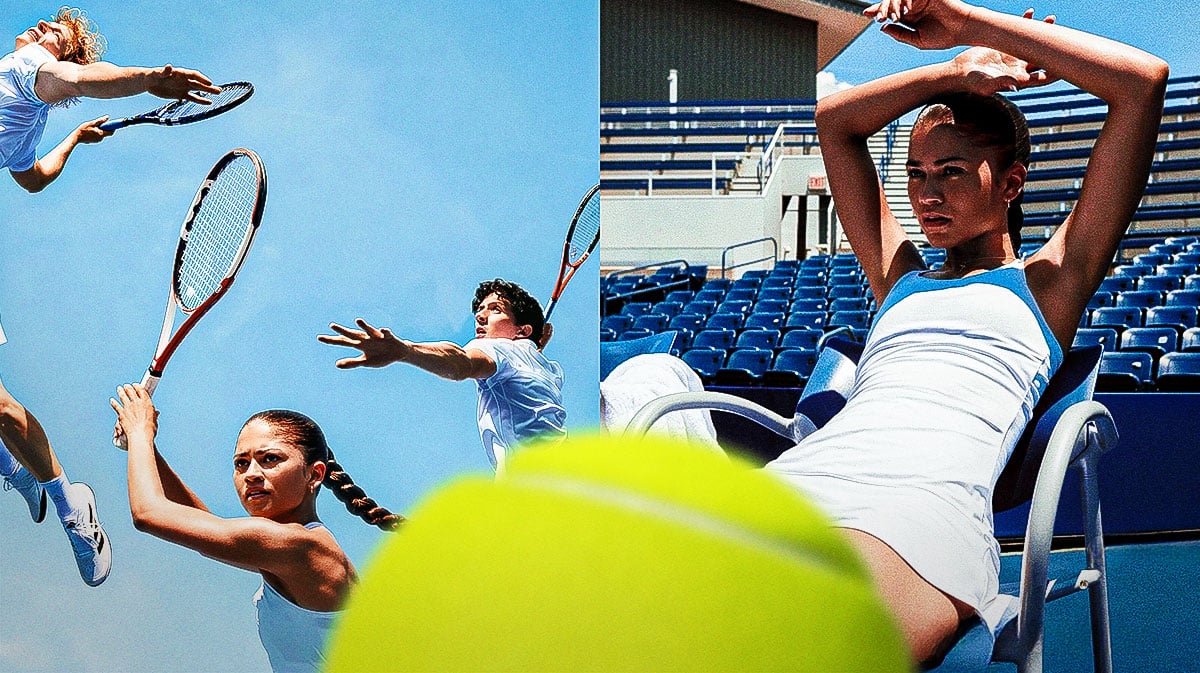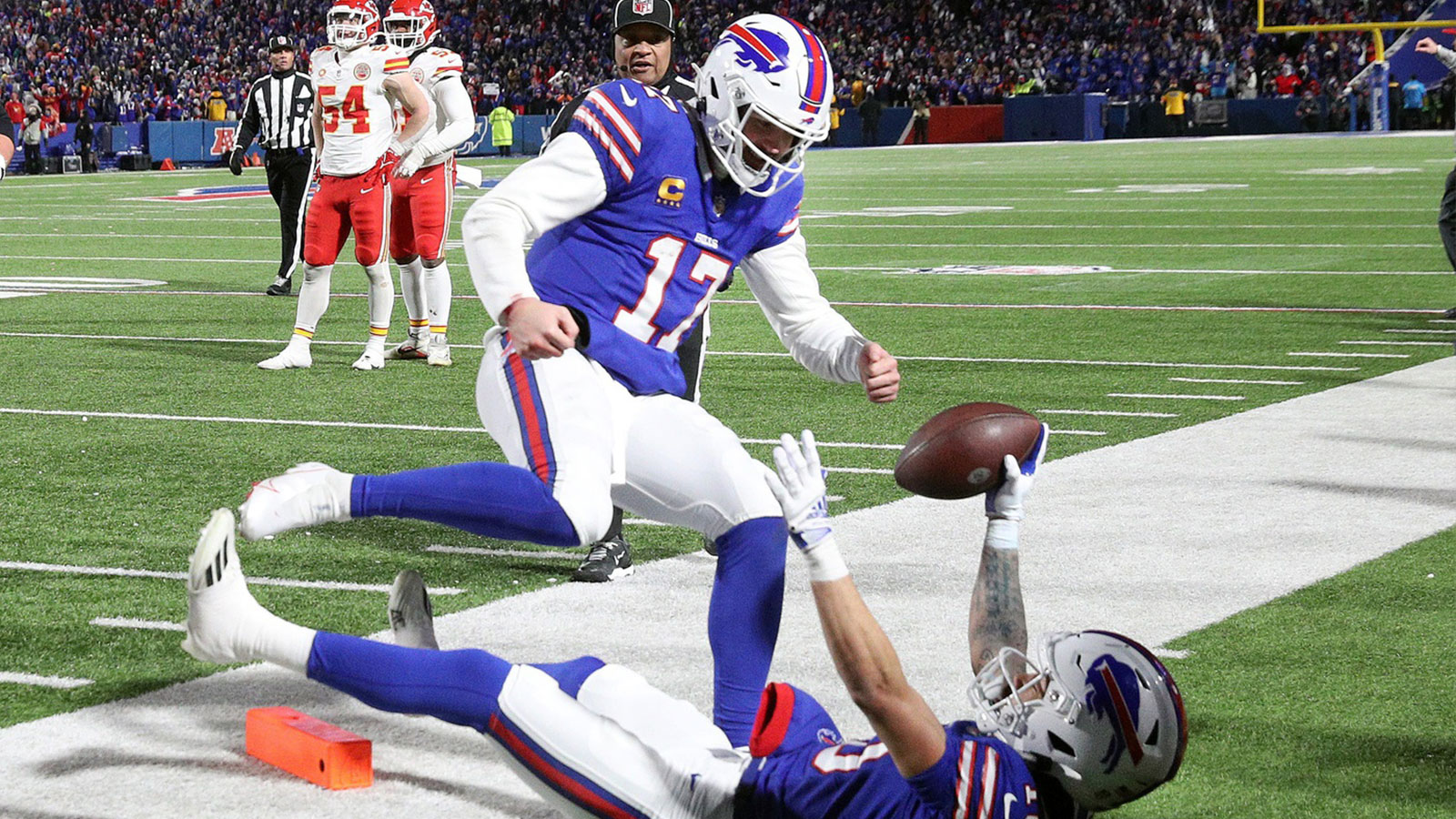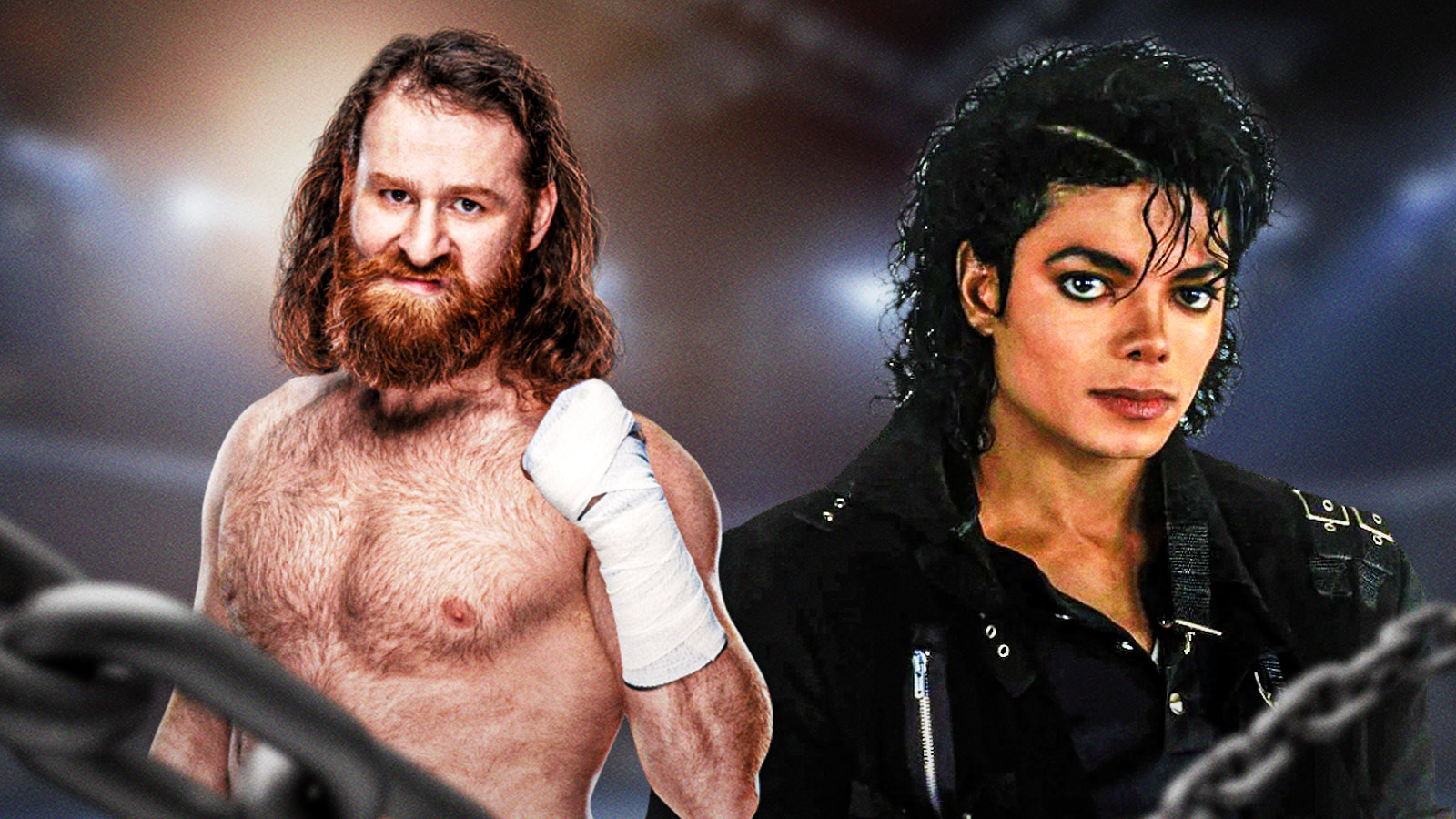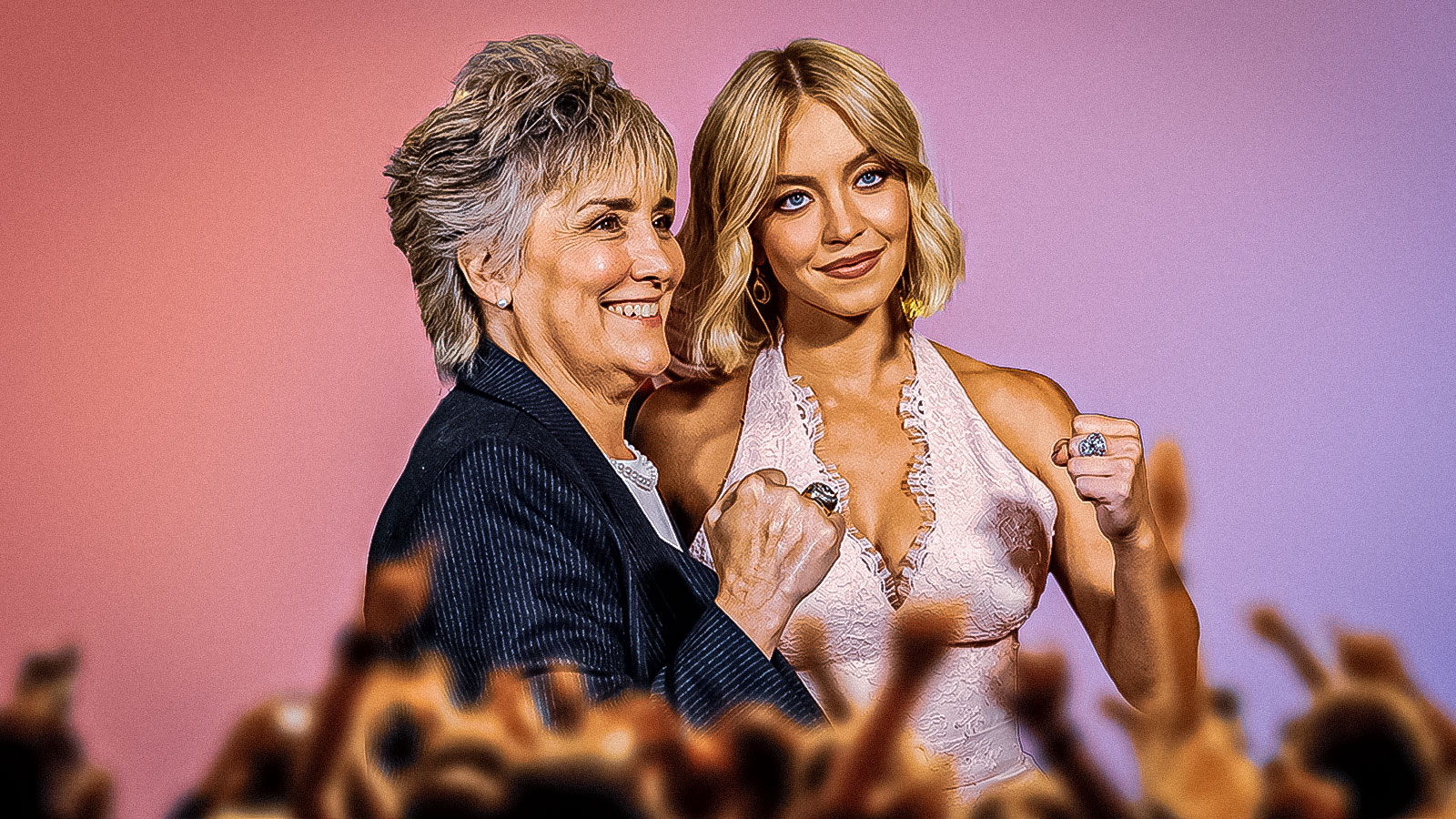“Challengers,” the tennis drama starring Zendaya, Mike Faist, and Josh O'Connor, isn’t the type of film one would typically associate with heavy visual effects. However, the movie showcases a surprising amount of VFX, particularly in a standout 24-second shot, per Indiewire. This sequence, which adopts the point of view of a tennis ball during a volley, combines extensive digital and practical effects to create a dynamic and immersive experience. Brian Drewes, the visual effects supervisor, shed light on this process in an interview with IndieWire and a before-and-after video on X.
In a crucial match scene between Art Donaldson (Faist) and Patrick Zweig (O’Connor), the camera captures the action from the perspective of the tennis ball. The camera spins, bounces, and zooms as the ball flies back and forth between the two players. Drewes and his team filmed 23 individual shots with an Arri Alexa LF camera mounted on a 30-foot technocrane. Over five hours, these shots were captured and later stitched together to form the seamless 24-second sequence.
VFX breakdown of the viral tennis sequence from ‘CHALLENGERS’
(Credit: @BrianVFX) pic.twitter.com/5EeJqEn1rk
— DiscussingFilm (@DiscussingFilm) May 28, 2024
Executing the Vision for Challengers
In an interview with IndieWire, Drewes explained the meticulous planning and execution behind the shot. Director Luca Guadagnino had a clear vision from the outset. “Luca described it super clearly: The audience needs to ‘BE THE BALL!!’” Drewes recalled. They discussed the scene's significance, brainstorming how to transition from conventional photography to this highly stylized sequence. Guadagnino’s early vision ensured the scene would feel kinetic and immersive.
To determine the speed and movement of the ball, the team began with an audio bed of an actual tennis volley from a professional match, using it as a guide for real-world speed. Drewes noted that being 100% realistic with the ball’s velocity wouldn’t work for the audience, as the camera spinning at 2000-plus RPMs would be disorienting. Instead, they balanced realism with visual coherence to maintain the scene's intensity without overwhelming viewers.
The actual shooting involved breaking down the previs into 23 discrete segments that needed to align perfectly. “It definitely hurt my brain,” Drewes admitted. The VFX team had an editor on set to keep an up-to-date edit of what was being shot, combined with the previs, ensuring each segment aligned seamlessly. The camera team shot digitally on the Alexa, using a 30-foot crane to capture the required angles and movements.
Drewes’ team also had to enhance the scene with over 100 photoscanned background extras and a CG environment to fill the stands. They digitally added Faist and O’Connor’s faces and full rackets to the stunt doubles, ensuring the sequence looked authentic. Full CG takeovers smoothed out the camera motion and lighting inconsistencies caused by the five-hour shoot.
Why the Effort?
The purpose behind such an elaborate sequence was to convey the speed, chaos, and passion inherent in tennis, aligning with the movie's themes. By presenting the match from the ball's perspective, the filmmakers provided a fresh and exhilarating view of the sport.
Guadagnino’s approach aimed to show tennis in a way that matched the film's overall intensity and passion. This innovative method of storytelling highlights the drama and excitement of the sport, making a standard tennis match visually compelling and emotionally engaging.
“Challengers” uses visual effects not just as a spectacle, but as a narrative device to draw viewers into the heart of the action. The behind-the-scenes efforts of Drewes and his team at Zero VFX reveal the intricate and creative processes involved in bringing this unique vision to life. As the film continues to captivate audiences, both in theaters and on PVOD, the groundbreaking VFX work stands out as a testament to the power of innovative filmmaking.

















